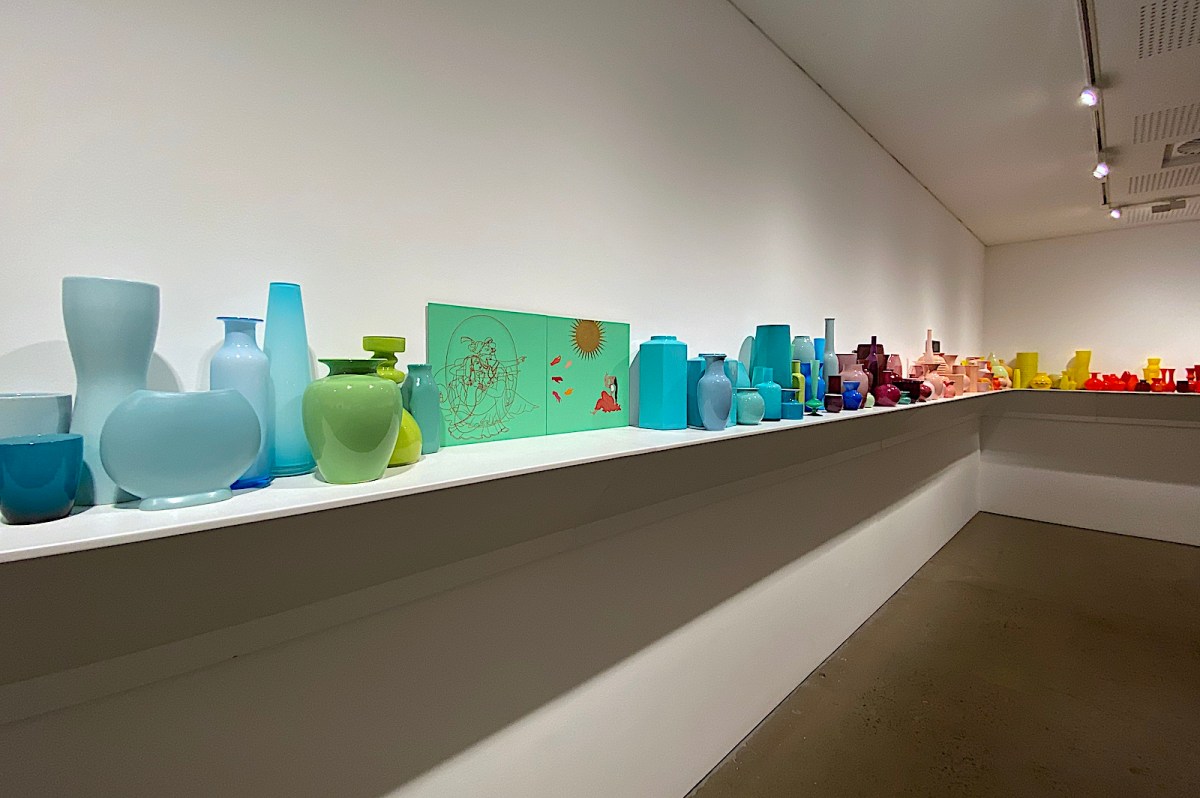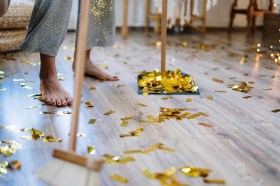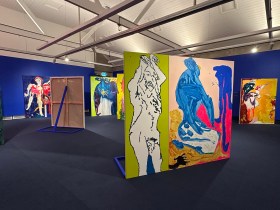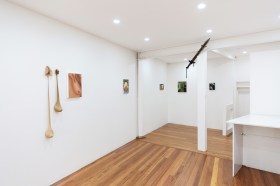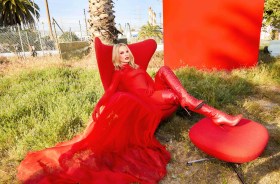Many may know David Sequeira’s work from its presentation in the 2023 TarraWarra Biennial, with a suite of 16 miniature paintings of the artist and his partner set against a star-studded night. He was also included in this year’s The National 4 (2023, Art Gallery of NSW), with a sweep of colourful geometric abstractions on musical sheets, parading around the room on a shelf.
It is this work, that connects with Sequeira’s latest exhibition, History and Infinity, at UNSW Galleries in Paddington. He was chosen, along with London-based artist Renee So, to mark the 10th anniversary of the university-based gallery.
For the occasion, Sequeira has presented three bodies of work: the installation Symphonic Poem (2014), which points his current practice of chromatic scores; a new installation-based work, The ocean refuses no river 2023, mimicking a choral formation in another gallery space, and the installation History and Infinity 2022, from which the exhibition takes its title.
Lineages of influence and history, and time immemorial in passages of creativity, are key foundations to the works of both Sequeira and So.
A self-taught ceramicist, who also works across knitting as a critical medium, So’s repertoire of cultural references is a catalogue of prehistoric pottery found at the Victoria and Albert Museum in her home town of London – an amalgam of Assyrian friezes, 16th century stoneware jugs, 19th century stereotype images of the dandy, European Bellarmine jugs and Mesopotamian forms.
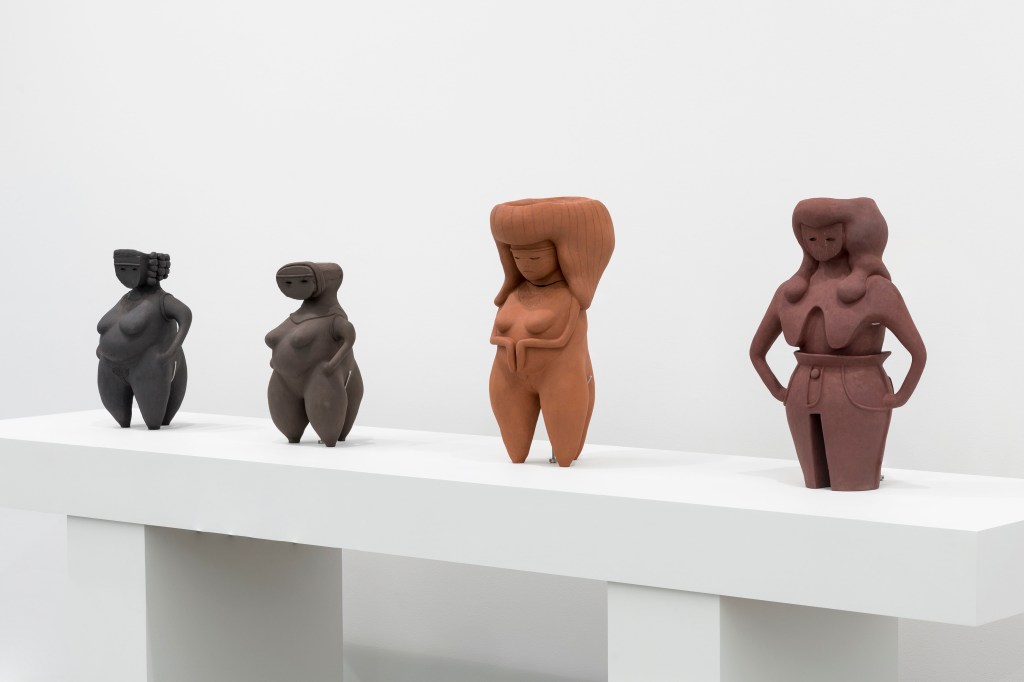
Her exhibition in the downstairs gallery from Sequeira’s work is aptly titled Provenance and calls into question the politics surrounding the acquisition of cultural objects into museum collections in a sharp critique of colonial practices – many still lingering. It sits well against Sequeira’s collection of 1000 discarded glass and ceramic vases punctuated by a selection of paintings by other artists referencing colonialism, modernism, postmodernism, creation stories and baroque portraiture, positing authorship and theory as critical frameworks.
So’s exhibition is a co-presented survey with Monash University Art Museum (MUMA), where it was first exhibited. Of note, Sequeira also works in the museum gallery environment, as Senior Lecturer at the Victorian College of the Arts (VCA) and Director of the Fiona and Sidney Myer Gallery. Together, they exemplify the critical role of the university gallery in commissioning and showcasing Australia’s most exciting and innovative mid-career artists, as well as the close relationships within the University Art Museums Australia network.
In a statement about the gallery’s anniversary, UNSW Galleries Director José Da Silva explains: ‘Collaboration across the university museum sector has enabled us to explore the intersection of research excellence, interdisciplinary exchange and community knowledge. In our 10th year we’re taking the opportunity to reflect on past accomplishments and imagine a future that places artists and designers at the forefront of exhibition-making.’
Showing rarely in Australia, So’s exhibition is a good example of this. I first encountered her work as part of 2019 Perth Festival and was left hungry for more, curious about this patchwork of influences. It is a point that ArtsHub writer Celina Lei also made when reviewing Provenance.
Sequeira’s new work, The ocean refuses no river, moves his compositions from a linear engagement steeped in museological conditions, to music stands, where the viewer stands in as a choir or orchestra member would, and in so doing pays a nod to the ‘multiplicity of voices’ that create a ‘continuous harmonic sum … which is infinitely greater than its individual components’.
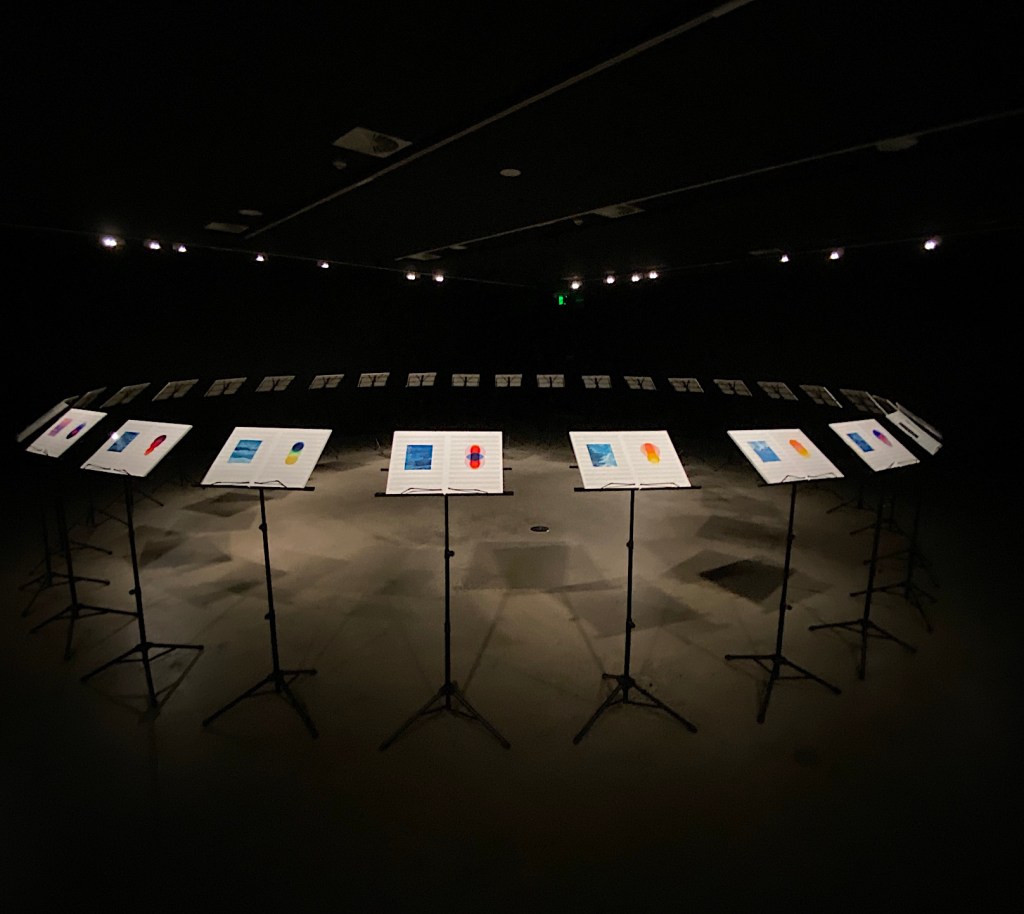
Understanding this, the two seemingly disparate bodies of work come together. Both disrupt standard narratives of art – whether music, histories of abstraction, colour theory, spatial engagement or notions of appropriation. It is safe to say Sequeira brings his own curatorial rigour to his exhibition-making process as an artist.
In tandem these exhibitions offer rich viewing. So’s work is stunning in the space, eloquent in its creative journey and quirky enough to send viewers into an eddy of curiosity to learn more. Of note, Da Silva has made the conscious decision not to include any wall label for So’s show.
Sequeira’s installation offers instant eye-candy with its lush – and manically organised – chromatic journey, and yet is accessible enough for viewers to take anchor with these serial pieces and, through their repetition, find a place for contemplation. It is a considered pairing worth the visit.
Renee So: Provenance and David Sequeira: History and Infinity
18 August – 19 November 2023
UNSW Galleries
Cnr Oxford Street and Greens Road, Paddington NSW

